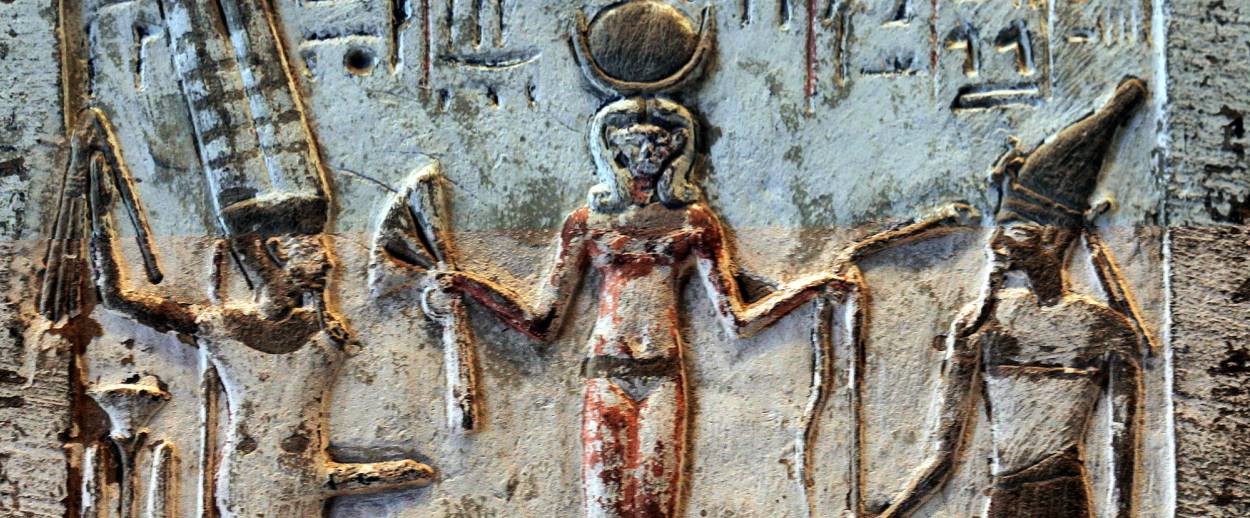Looking for the Ancient Canaanites? Try Lebanon.
DNA studies suggest that the ancient biblical people, long thought extinct, might have settled in Sidon




Just when you thought you knew the whole action-packed thriller about the Jews meandering through the desert for forty years, we get a sequel: Return of The Canaanites is coming to a scientific journal near you. The Torah tells us that the enemies of ancient Israelites were destroyed by God, but they may have survived after all. And they’re apparently living in Lebanon.
The American Journal of Human Genetics recently published a study sequencing genomes from ancient Canaanites and modern day Lebanese, finding a direct link. The similarity between the sequences has them believe that Canaanites are their direct ancestors.
The scientists sequenced the DNA of five, almost 4,000 year-old Canaanites from the city now known as Sidon in Lebanon. They also sequenced the genomes of 99 present-day Lebanese. The similarity between the sequences suggests that there has been “substantial genetic continuity in the region since at least the Bronze Age—a conclusion that agrees with the archaeological record,” reports Science Daily.
“We found that the Canaanites were a mixture of local people who settled in farming villages during the Neolithic period and eastern migrants who arrived in the region about 5,000 years ago,” said Marc Haber of The Wellcome Trust Sanger Institute in the United Kingdom. “The present-day Lebanese are likely to be direct descendants of the Canaanites, but they have in addition a small proportion of Eurasian ancestry that may have arrived via conquests by distant populations such as the Assyrians, Persians, or Macedonians.”
Robert Alter, a scholar, critic, and translator of biblical texts, had already floated a theory that dealt with this emerging discrepancy between Jewish texts and science. He believed that the line in Chukat that says the Canaanites were destroyed shouldn’t be taken literally. Rather, the ethnic group was destroyed as a threat because they assimilated. He points to evidence that suggests the Canaanites lived on, such as a leader of the Israelites known as Gideon in the Book of Judges. He had previously been referred to as Jerubaal, “which is clearly Canaanite.” He thinks that the text “invents an etymology for his name” to minimize the actual scandalous backstory of the Jewish hero.
Of course, not every Canaanite was a Jewish hero. In parshat Shalach in the book of Exodus, the Canaanites are painted as terrifying giants. Moses sent twelve spies to check out the land promised to the Israelites by God and the people taking up residence there. The spies reported back that the land is flowing with milk and honey, but that there’s no way their small numbers can take down these gargantuans. For their faithlessness, God punished the Israelites, making them wander in the desert for 40 years. And this punishment is fittingly one of the reasons we fast on Tisha B’av.
We didn’t need a trailer for this sequel to know that the warring between these descendants of Canaanites and the Jewish people has gone on and on and on. We’ve seen everything from literal wars to metaphorical wars over movies. So if you dig the whole Israelites-vs.-Canaanites saga, don’t worry: This franchise isn’t ending any time soon.
Sophie Aroesty is an editorial intern at Tablet.